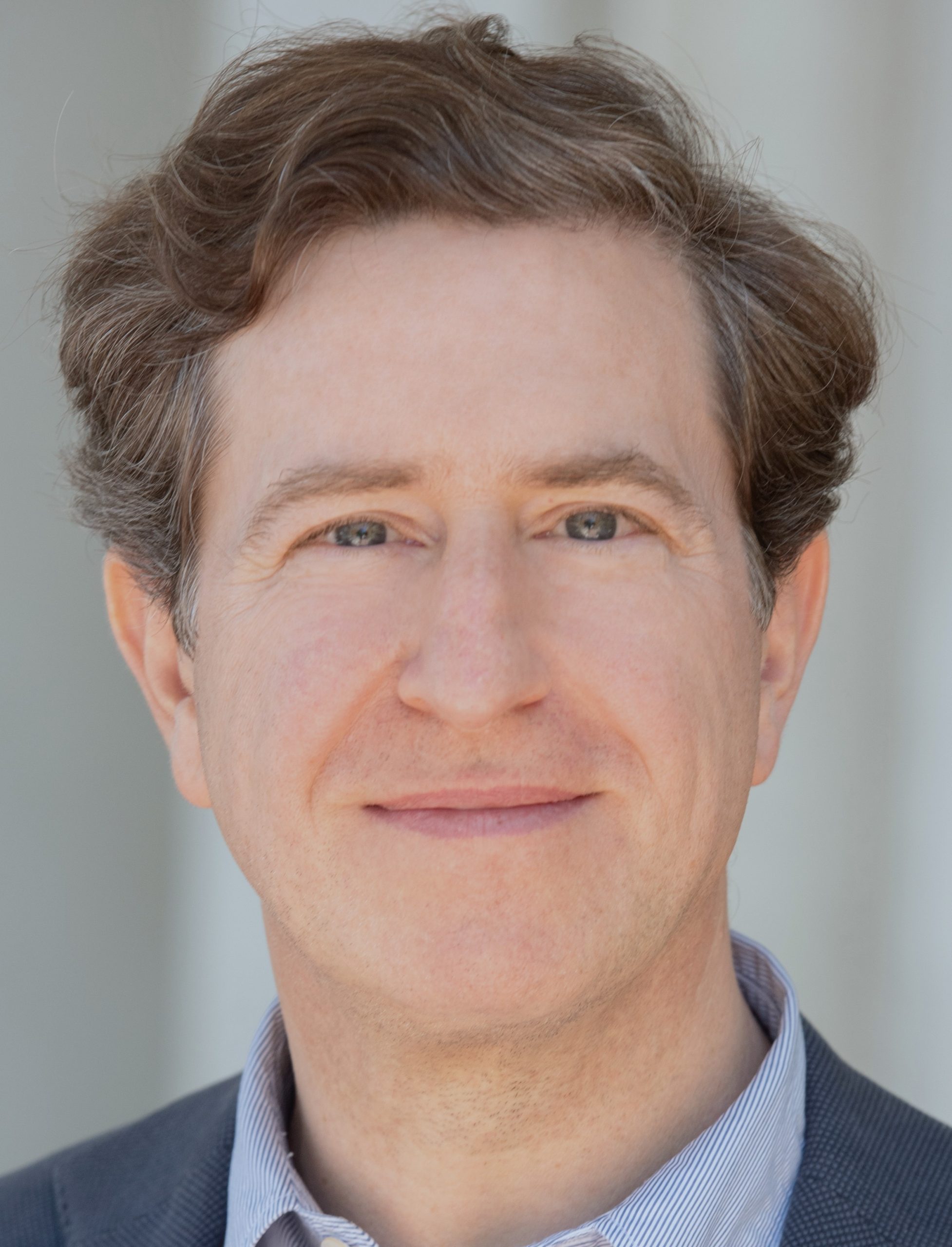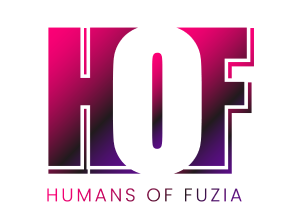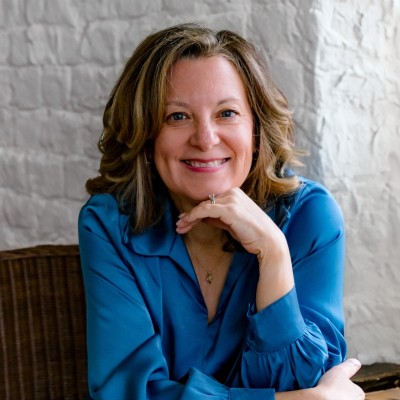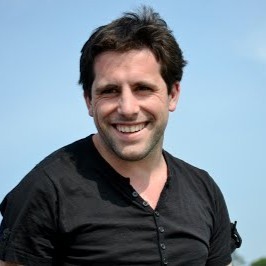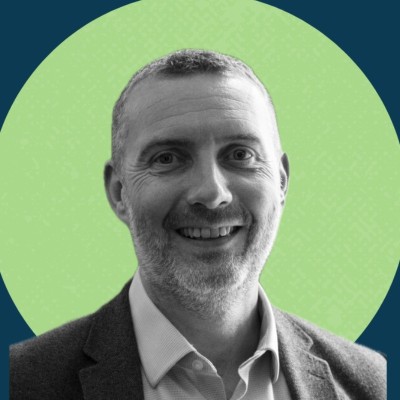Roger Spitz is a top-ranked futurist and venture capitalist. Before founding the influential Disruptive Futures Institute in San Francisco, he served as Global Head of Technology M&A at a major investment bank, advising on transactions totaling over $25 billion.
As President of Techistential, the preeminent foresight practice, Roger advises CEOs and boards on strategy under uncertainty and sustainable value creation. He is an award-winning author of five bestselling books, and his frameworks are widely adopted by leading organizations worldwide.
Could you elaborate on the nature of your business, highlighting its purpose and the ways it benefits people?
At the Disruptive Futures Institute, we help individuals and organizations thrive on disruption. Our work equips changemakers to navigate complexity, build resilience, and remain relevant in an increasingly unpredictable world. We operate at the intersection of foresight, systems thinking, sustainability, and innovation.
Everything in our lives and the world around us is constantly changing—except our institutions, governance models, and incentive structures. Our purpose is to bridge that gap. We offer practical education, research, and thought leadership to support decision-making in the face of systemic transformation. Our offerings range from executive education programs and advisory work to our publications, online resources, and thought leadership.
We pioneer educational insights that integrate futures thinking, complexity, design thinking, technology, and even Zen Buddhism and existential philosophy to help humanity thrive in this era of systemic disruption. We also offer proprietary frameworks, such as the AAA Framework (Antifragile, Anticipatory, Agility) and the Disruptive Thinking Canvas, to guide both individuals and organizations to become more resilient and futures-prepared.
What inspired you to start your journey as a coach and entrepreneur? Were there any specific events, challenges, or people that motivated you to take this path?
After two decades advising CEOs, founders, and boards as an investment banker at one of the world’s top banks, I realized that, despite the strategic nature of the work, it often operated within narrow timeframes and rigid assumptions. The world around us was becoming exponentially more complex, yet organizations were behaving as if it were still stable, linear, and predictable.
Arriving in San Francisco in 2017 was a turning point for me. I became immersed in new ecosystems, including think tanks and institutions that studied complexity science, foresight, and the future impacts of exponential technologies. I rediscovered my early passion for existential philosophy, especially regarding the themes of agency and contingency in an age of artificial intelligence. I felt a strong pull to align my work with something deeper and more impactful: to help others understand and navigate this accelerating pace of change.
One of the most pivotal collaborations in this journey was with Lidia Zuin, a brilliant futurist and science fiction writer. We came from very different worlds—she from media, VR, and humanities; I from boardrooms and finance. But together we created something truly synergistic. Our collaboration sparked the creation of The Definitive Guide to Thriving on Disruption, which is foundational for the Disruptive Futures Institute. I was inspired by a growing urgency to build capacity for resilience, challenge flawed assumptions, and empower people with the tools and mindsets to act with agency in a world where uncertainty is the only certainty. That is what sustains my work every day.
Looking back at the beginning of your career, what were the major challenges you faced when establishing yourself as a leader/coach? How did you overcome those obstacles?
One of the greatest challenges I faced was shifting from a world that rewarded certainty and control to one that demanded embracing ambiguity and emergence. I began my career in investment banking—where everything is measured, modeled, and optimized. It’s a world of predictability, built on the assumption that the future is a linear extension of the past.
As I stepped into foresight, systems thinking, and futures studies, I was forced to live what I now teach: to let go of the illusion of control and instead build muscles that thrive in uncertainty. That meant not only rethinking strategy but unlearning the habits and mental models that no longer served me, and relearning more effective approaches and mindsets.
Founding the Disruptive Futures Institute was an emergent process. I had to “eat my own cooking,” so to speak, embracing the very frameworks that we later developed, such as the AAA Framework (Antifragile, Anticipatory, Agility) to prototype, iterate, and align every step with our values, even when outcomes were unknown.
What helped me overcome these obstacles was inspiration from connecting with passionate, diverse collaborators like Lidia, and the commitment to make sense of change by engaging with it creatively and with an open mind.
Would you like to share any remarkable achievement?
One of the most meaningful milestones has been the creation and global impact of the Disruptive Futures Institute and The Definitive Guide to Thriving on Disruption, a four-volume collection I co-authored with the support of Lidia Zuin. What began as a deeply personal and philosophical inquiry into systemic change evolved into a hands-on field guide, designed for and used by changemakers around the world.
I wrote this Guide because the world’s systems—including governance, education, and incentive structures—are increasingly misaligned with the complexity and fragility of our era. The goal was to equip people with the tools, frameworks, and mindsets to make sense of uncertainty and act with agency in unpredictable times.
The project was remarkable not just for its reception, with bestseller rankings, awards, and critical acclaim, but also through the process itself. The journey was truly the destination—the cross-generational, trans-disciplinary collaboration with Lidia, and the integration of insights from hundreds of individuals and ecosystems. It showed firsthand the power of intersectionality: when diverse voices converge, the result is more than the sum of its parts.
Women are a growing force in workplaces worldwide, standing shoulder to shoulder with their male counterparts. What are your thoughts about women leadership today?
Women are playing an increasingly vital role in shaping the future of leadership across sectors and geographies. At the Disruptive Futures Institute, we believe that the most powerful ideas emerge at intersections—of disciplines, generations, geographies, cultures, and perspectives. The same holds true for leadership. As the pace of systemic disruption accelerates, we need leadership that reflects the diversity and complexity of the world we live in.
Women’s leadership is not only essential—it’s transformative.
A personal example is my collaboration with Lidia Zuin on The Definitive Guide to Thriving on Disruption. Coming from different continents, generations, and professional ecosystems, our partnership brought together contrasting perspectives—hers rooted in science fiction and the humanities, mine shaped by decades in investment banking. This intersection of experience and worldview led to richer, more multidimensional insights.
Today, women leaders are not only contributing to organizations—they are helping redefine them. From advancing stakeholder capitalism to championing climate foresight, social equity, and responsible systems innovation, they are shaping new paradigms for what effective leadership looks like in the 21st century.
As we prepare for a future defined by complexity and change, it’s clear that inclusion, empathy, and collaborative intelligence are not optional. They are foundational to building resilient, forward-looking institutions. Women’s leadership is an indispensable part of that journey.
What message/advice would you have for future women leaders and aspiring entrepreneurs?
First, trust your own capabilities. In a world that is increasingly UN-VICE (UNknown, Volatile, Intersecting, Complex, Exponential), there are no fixed maps to follow. But that also means you have more agency than ever before to chart your own course. Disruption creates space for experimentation, redefinition, and rewriting old narratives that no longer serve us.
Second, don’t wait for permission. Some of the most meaningful and impactful work I’ve done emerged from serendipity, such as by engaging with others who brought different experiences and ideas to the table. Different voices challenge our assumptions and make our work more resilient and creative.
Third, embrace not knowing. As Zen Master Suzuki Roshi said, “In the beginner’s mind there are many possibilities, but in the expert’s there are few.” Our world needs more curiosity, courage, and creative thinking. Don’t be afraid to question advice, to unlearn and relearn, and to experiment boldly.
Finally, leadership today isn’t about having all the answers immediately. Considering the wicked problems we face, leadership is increasingly becoming more about building capacity for a more emergent future—both individually and collectively.
Connect with Him
Instagram:
@disrupt_futures
@techistential
Twitter / X:
@disrupt_futures
@rogerspitz
LinkedIn:
https://www.linkedin.com/in/rogerspitz/
https://www.linkedin.com/company/disruptivefuturesinstitute
Websites:
https://www.disruptwithimpact.com
https://www.disruptivefutures.org
https://www.techistential.ai



